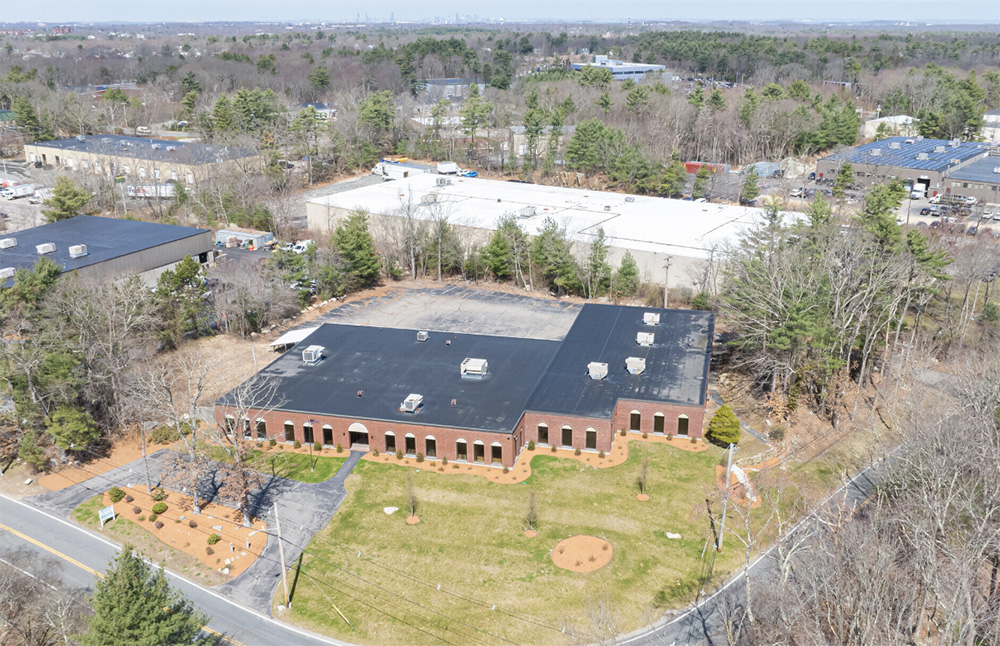We’ll be decking the docks this year: Supply chain issues - by Thomas Madonna, Jr.

The pandemic took a major toll on commercial real estate, with office space taking a particularly huge hit: over 14% of office space remains vacant according to some estimates. However, e-commerce thrived in this stay-at-home environment. Utilization spiked up to 85% for warehouses and other large commercial industrial spaces as companies like Amazon and other retailers needed space for fulfillment and distribution. But as companies scrambled to lease, build, and buy new industrial real estate, a supply chain catastrophe was brewing just offshore.
Worker shortages have severely impacted supply chains, slowing movement of goods from manufacturers to distribution centers. According to the Marine Exchange of Southern California, at one point this fall there were 153 ships at anchor or berthed in their ports – that’s more than 500,000 shipping containers in a holding pattern. Consider that around 40% of all shipping entering the U.S. – and by extension this year’s holiday gifts – enters through these California ports.
CBRE Group Inc. estimates that every $1 billion increase in online sales equates to a need for an additional one million s/f of warehouse space. Online shoppers have come to expect same-day shipping and/or delivery, but the fact of the matter is that there still simply is not enough real estate to untangle the supply chain snarls. These customers will continue to wait once their products reach dry land. As cargo ships wait to reach port, they will face another problem once they dock – there’s nowhere to unload their products. To further complicate matters, the building materials needed to construct new warehouses are also stuck on freighters on both coasts of the U.S.
Landlords are the undisputed winners in this chaos as rents skyrocket due to demand. According to the Q3 report from CBRE Group Inc., average asking rent increased by 3.1% quarter-over-quarter and the prices on the coasts and near ports are rising by double-digit percentages. E-commerce grew an astonishing 32.4% in 2020 to $791.7 billion in sales online according to the U.S. Department of Commerce and despite the slow recovery process forecasters do not predict a major drop in this industry any time soon. This growth will continue to mean big business for real estate investors and landlords.
This mess is unlikely to be solved by Christmas or even during 2022. Real estate experts anticipate supply chain issues to keep plaguing the economy and the industry until at least 2023. With a labor shortage, lack of real estate, and eager consumers, these issues will linger and frustrate retailers and customers alike.
Thomas Madonna, Jr. is an associate with Hinckley Allen Industrial Distribution & Logistics, Providence, R.I.
McEvoy of The Conrad Group brokers $2.9 million sale of industrial building


It’s time to get creative with closed college campuses - by Christian Koulichkov

Investing in a falling rate environment - by Harrison Klein

The doctor is in: How medical leases differ from retail and office spaces - by Brian Cafferty








